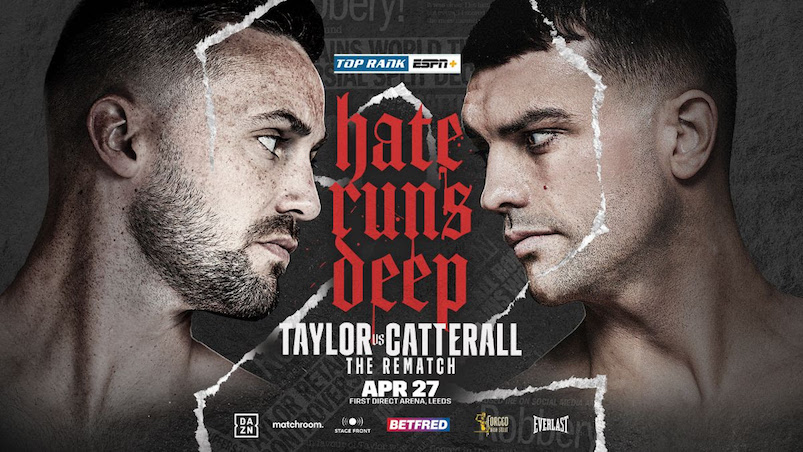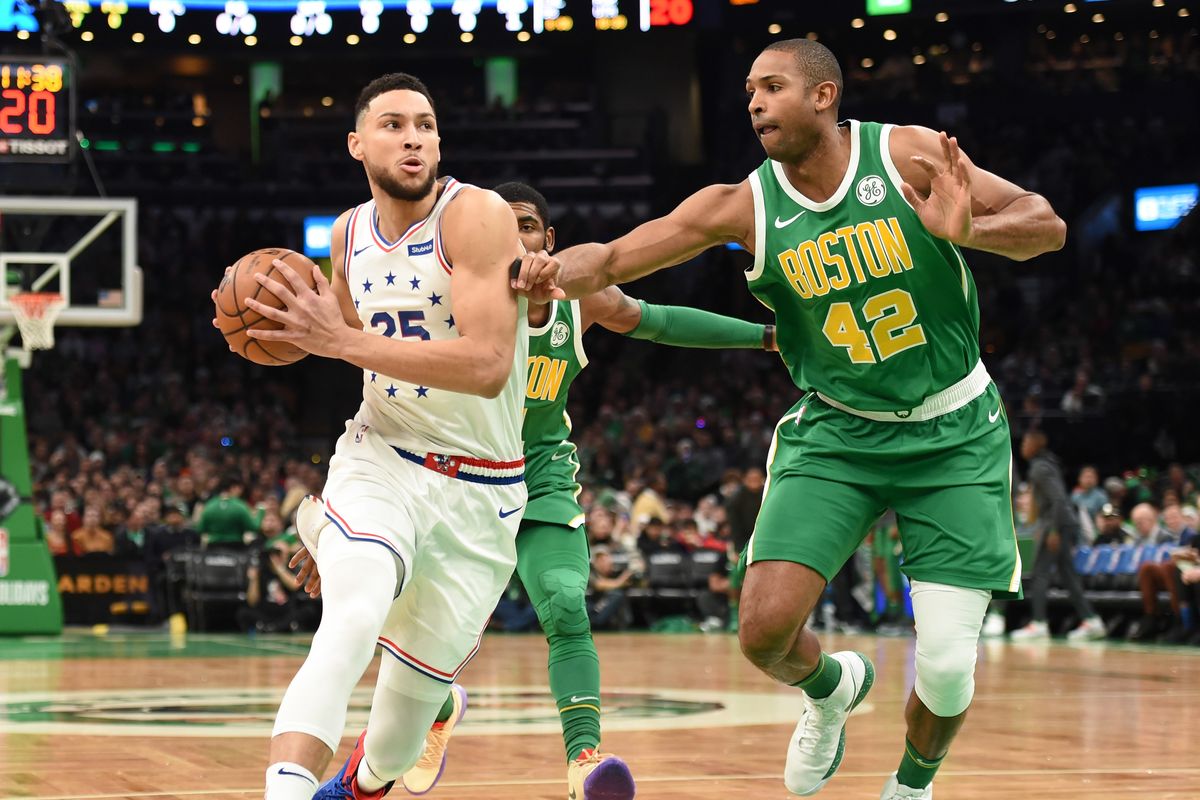With the Sixers reaching an agreement to bring Al Horford into the fold, I reached out to one of our frenemies over at Celtics Blog to get a closer look at what Horford brings to the table. CB contributor Max Carlin was kind enough to join me for a Q&A. Max is a smart basketball mind and an insightful follow on Twitter. I strongly encourage giving him a follow @maxacarlin to stay on top of his work.
Liberty Ballers: What should Philadelphia 76ers fans know about Al Horford? What kind of player is he and what kind of teammate is he?
Max Carlin: Al Horford is a two-way quarterback. He can anchor your defense and direct your offense. At 33, he still has the mobility to thrive defending the perimeter, whether it be hedging and recovering against pull-up shooting threats or switching if necessary. His intelligence and strength defending the interior make him a viable primary rim protector. He’s a reliable release valve in the post, where he can score and be trusted to draw help defenders and subsequently dissect opposing defenses. He can be unselfish to a fault at times, but he’ll also have games where he launches double-digit 3-point attempts. He’s a mid-range deadeye. Al’s not a perfect player, but he’s damn near a flawless one.
LB: Horford has spent a lot of time at center, but when he’s on the court with Joel, he’ll have to play the four. Horford-Aron Baynes lineups appear to have been successful but in a limited sample. What do you think about the fit and how sustainable is playing Horford at the four?
MC: They rarely went to the Horford-Baynes pair in 2018-19, but it was far more prominently featured in 2017-18, when they started together. In 1,706 possessions together, the Horford-Baynes frontcourt posted a +12.1 net rating, per Cleaning The Glass. They were dominant defensively, Baynes covering traditional fives and Al roaming as a versatile free safety. Offensively, Horford’s inside-outside duality allowed for a workable fit.
This year, I think they moved away from the pairing due to some limitations on Horford. Early in the year, dealing with knee injuries, Al became pretty one-dimensional on offense. He simply didn’t have the vertical pop to be a threatening vertical spacer, so the Celtics’s pick-and-roll attack became stale and predictable—Al was exclusively a popping big. Four-and-a-half-out units with Baynes and Horford became untenable on offense, as there was absolutely zero pressure on the rim. On top of that, Al’s reduced mobility made the defensive fit suboptimal.
By the end of the year, Horford seemed to have regained most of his form, and that’s when I think people started clamoring for the previous year’s frontcourt to revitalize the Celtics. It never consistently came together, and I’m not sure why.
Going forward, I have concerns about it. Horford should do fine playing the four with starting units, but the appeal of the Baynes-Horford duo was always that Al could save himself during those minutes and be fresh to play the five in crunch time. How Horford will fare in late-game situations at the four is up in the air. I’m slightly skeptical of him really holding up on switches vs. guards consistently, especially as he continues to age or if the knee issues resurface. I also worry about a repeat of the Horford-Baynes issue of not enough pressure on the rim next to Embiid, who’s not exactly a dominant roll man either. Horford-Embiid is not a perfect fit by any means.
LB: While the Sixers’ best lineup will likely move Horford away from his traditional position, he should get plenty of minutes at the five considering Joel Embiid’s need for load management. Is there potential for a potent two-man game involving Horford and Ben Simmons?
MC: At various times throughout Horford’s Celtics tenure, particularly during the 2017-18 season, when Kyrie Irving and Gordon Hayward were absent, Horford served as a straight up point guard. He’d bring the ball up the court and truly initiate offense. It worked well enough.
Point Al is not the future for Philadelphia, but the team should lean on Horford’s creation. If they want to deploy him in the post, Horford will serve as a much more reliable decision-maker than Embiid. He can leverage his post scoring ability to draw help, and Simmons can capitalize on that as a cutter.
Perhaps the most exciting opportunity for the two to play off each other is early-clock offense. If you think of both Horford and Simmons as grab-and-go bigs, there’s a lot of potential for semi-transition post offense. Have one of them collect the rebound, both take off down the court and one establishes early post position for an easy bucket. Horford should play into the pace Simmons needs well, and the non-Embiid units with the two of them should play as fast as possible.
LB: How does Horford change the complexion of the Sixers’ defense?
MC: Adding Horford to this Sixers defense is overkill. No one will ever score at the rim when Embiid and Horford are on-court. The defense will have an elite anchor when Embiid sits. The defense will have an elite anchor when Horford sits. As mentioned above, Horford might be slightly vulnerable in late-game situations, and I don’t love Horford forcing Tobias Harris down a position, because that’s added perimeter vulnerability. But they’ll have Horford and Embiid there to protect the backline anyway. Nothing matters. This defense is going to be soul-crushing.
LB: What happened between Al and the Celtics, and how does this affect the Celtics, short-term and long-term?
MC: It seems like both sides wanted a reunion, but the Celtics, with Kyrie Irving out the door, were always going to be restrained. I went into the process ready to accept anything. I adore Al Horford. I never wanted to see him in anything but a Celtics jersey ever again. But I also try to be realistic about the Celtics. Horford’s deal was always going to be risky at his age. Without Irving, it wouldn’t have been worth it. The Celtics needed to collect as much long-term space as possible to maximize on the spending window they have before Jayson Tatum’s maximum contract begins in 2021.
Then we found out the Celtics were signing Kemba Walker. At that point, I was all-in on performing the necessary cap gymnastics to retain Horford and really make a run in 2019-20. But that was always far-fetched, as it would’ve required the Nets’s complicity in turning the Celtics into a contender. So, here we are.
The short-term implications are obviously immense: the Celtics aren’t even a pseudo-contender. Long-term, this could certainly work out for the better if the Celtics can cobble together space in 2021 to pair Tatum and Walker with another star, but a lot of that is dependent on how they handle Jaylen Brown, who’s extension-eligible right now and will be a restricted free agent in a year’s time if they Celtics decline to extend him.
The are too many variables in place to speak definitively, but losing Horford massively reduces the Celtics’s Finals odds at any point in the next five years.
LB: What are your thoughts on the numbers involved in Horford’s deal? How would you grade the contract?
MC: I think I’ve settled in on a flat B. The fit isn’t perfect. The last year or two will likely be bad. But I think the 2019-20 Sixers, at the very least, are going to be very, very good. Yes, they’re lacking in off-the-dribble shot creation, but I happen to think the team is good enough that a few lucky bounces here or there could vault them into a special run. That’s perhaps not the greatest team-building process ever, but putting yourself in a position to get lucky isn’t half bad.



